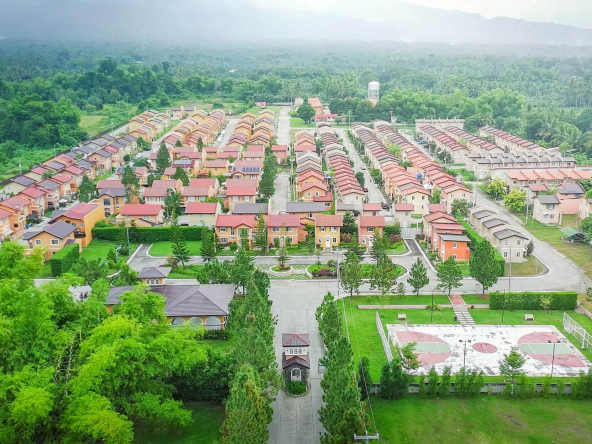The Philippines is a country steeped in rich cultural heritage, where every province tells a story of resilience, pride, and transformation.
From Spanish colonial architecture to sites of World War II bravery, families exploring historical places in the Philippines will find more than just educational value—they’ll rediscover their identity through the nation’s vibrant past, one popular tourist destination at a time.
9 Must-See Historical Places in the Philippines
Many of these historic towns are also home to Camella communities, providing ideal bases for families who want to live near or explore the Philippines’ top historical sites.
Let’s embark on a journey across the archipelago to discover some of these historical places and towns:

Image source: https://tl.wikipedia.org/wiki/Vigan#/media/Talaksan:Calle_Crisologo,_Vigan,_Philippines_(50025182191).jpg
1. Vigan, Ilocos Sur
The cobblestone streets of Calle Crisologo Vigan, lined with ancestral houses and souvenir shops, transport visitors to the Spanish colonial period. Don’t miss the Syquia Mansion Museum, Vigan Cathedral, and the Bantay Bell Tower—all significant historical sites.
Families can enjoy a calesa ride, shop for local crafts, and taste authentic Ilocano cuisine right off the cobblestone streets. Vigan is a proud symbol of Spanish colonization and restoration efforts in the country.
Camella Bantay is just minutes away, offering a peaceful, Spanish settlement-inspired community that blends perfectly with the town’s heritage and charm.
You’ll feel just as much a part of the UNESCO World Heritage site living in Camella Bantay.
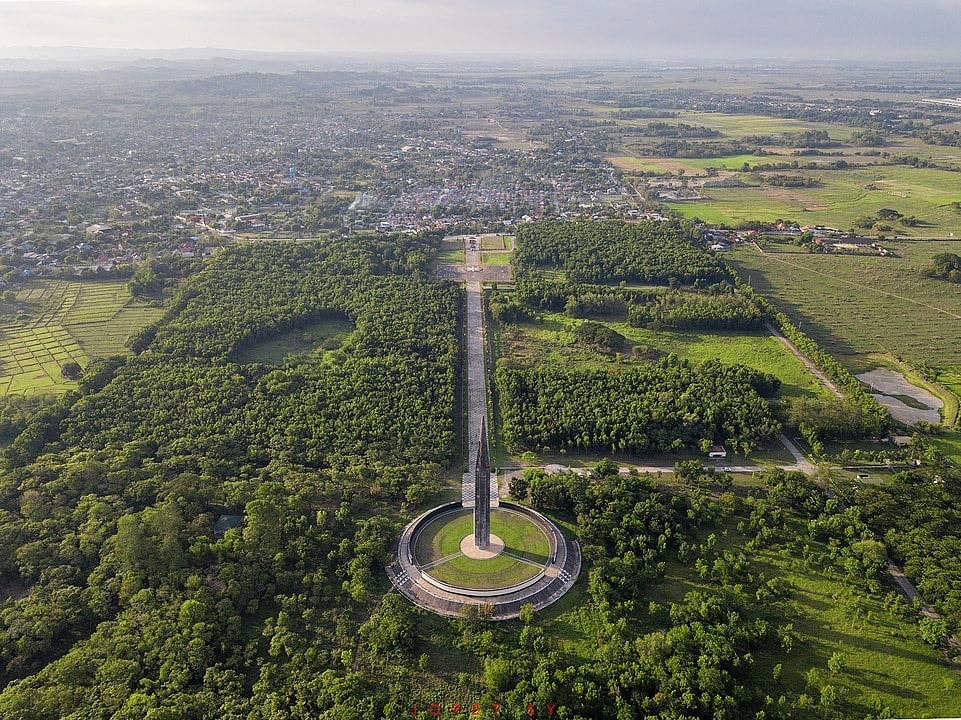
2. Tarlac Province
Tarlac may not be a top-of-mind tourist destination, but it’s filled with historical landmarks and a vibrant local community. It’s home to the Capas National Shrine, a memorial dedicated to Filipino and American soldiers who perished in the Bataan Death March during World War II.
The Mount Damas hike also showcases the natural beauty of the region, and the Aquino Center and Presidential Museum offer a deep dive into the political history and national heroes of the Philippines.
The province is also a good place to experience genuine Filipino culture, well-preserved from the colonial period.
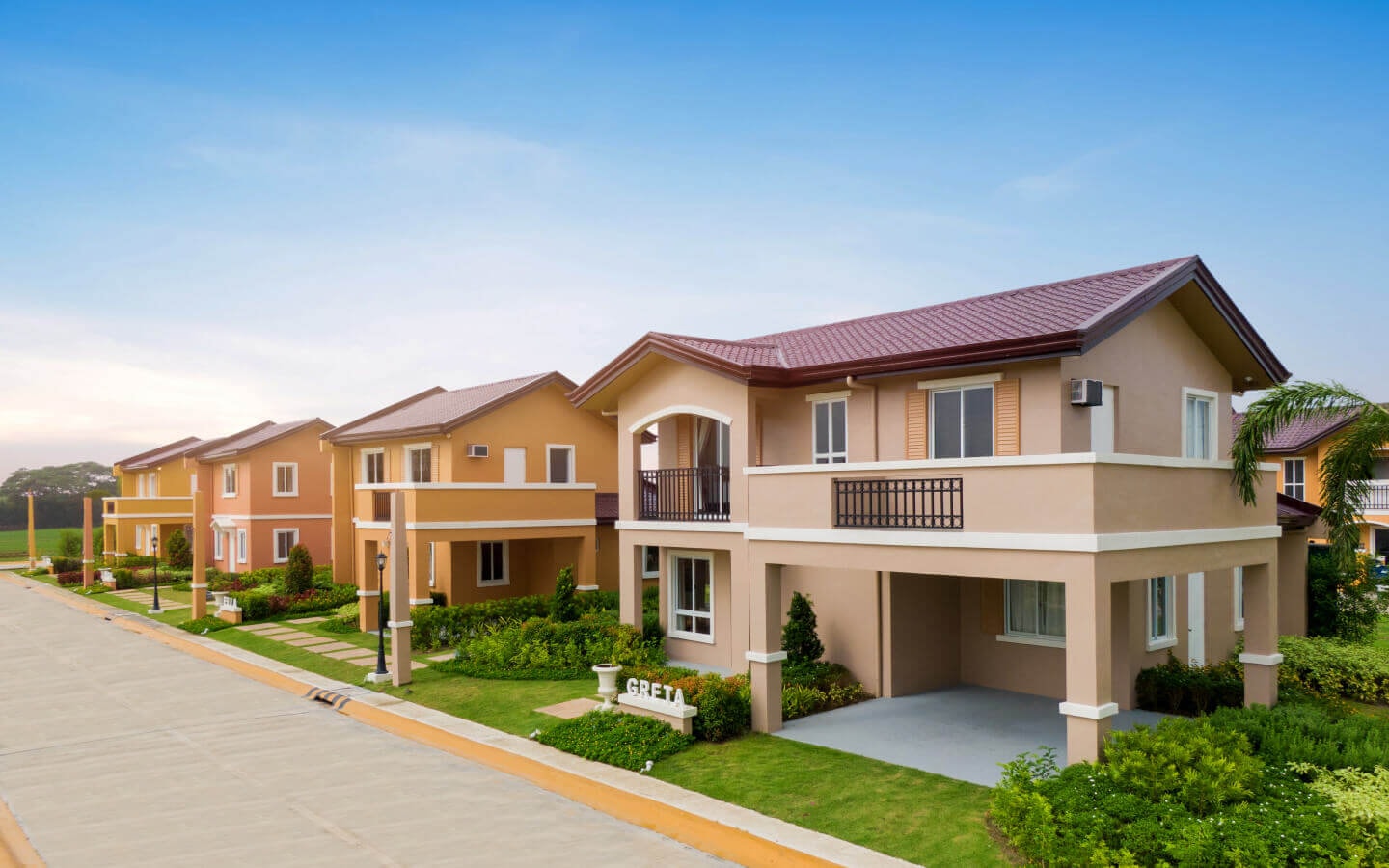
Tarlac City was one of the earliest Spanish settlements in the country. Today, you’ll see remnants of the Spanish rule in the ancestral houses still standing in Tarlac.
Camella Capas places families near these significant historical sites, offering not only scenic surroundings but also a chance to reflect on our country’s path to Philippine independence.
3. Malolos, Bulacan
Malolos holds historical significance as the site of the First Philippine Congress, held in Barasoain Church, a national shrine and national historic landmark. It is here where the First Philippine Flag was unfurled, making it a symbol of the birth of the Filipino nation.

Families can visit the Casa Real Shrine and the Museo ng Republika ng 1899, both of which showcase the town’s role in achieving national sovereignty.
Camella Provence in Malolos offers modern living in a city rooted in Philippine history, just minutes from the actual site of these landmark events.
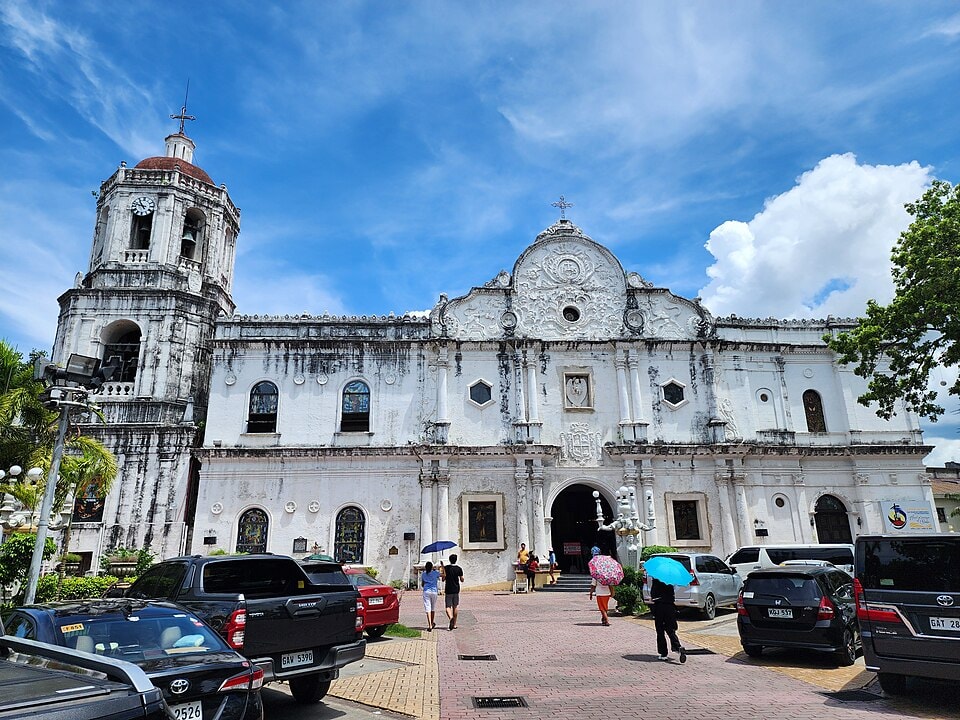
4. Cebu City, Cebu
As the oldest city in the Philippines, Cebu City is a historical site in itself. From the Magellan’s Cross to the Mactan Shrine, where Lapu-Lapu fought against Spanish rule, Cebu tells a heroic tale.
Every April, a reenactment of the battle between Lapu-Lapu’s troops and the Spanish conquistadors is staged at Mactan Shrine.
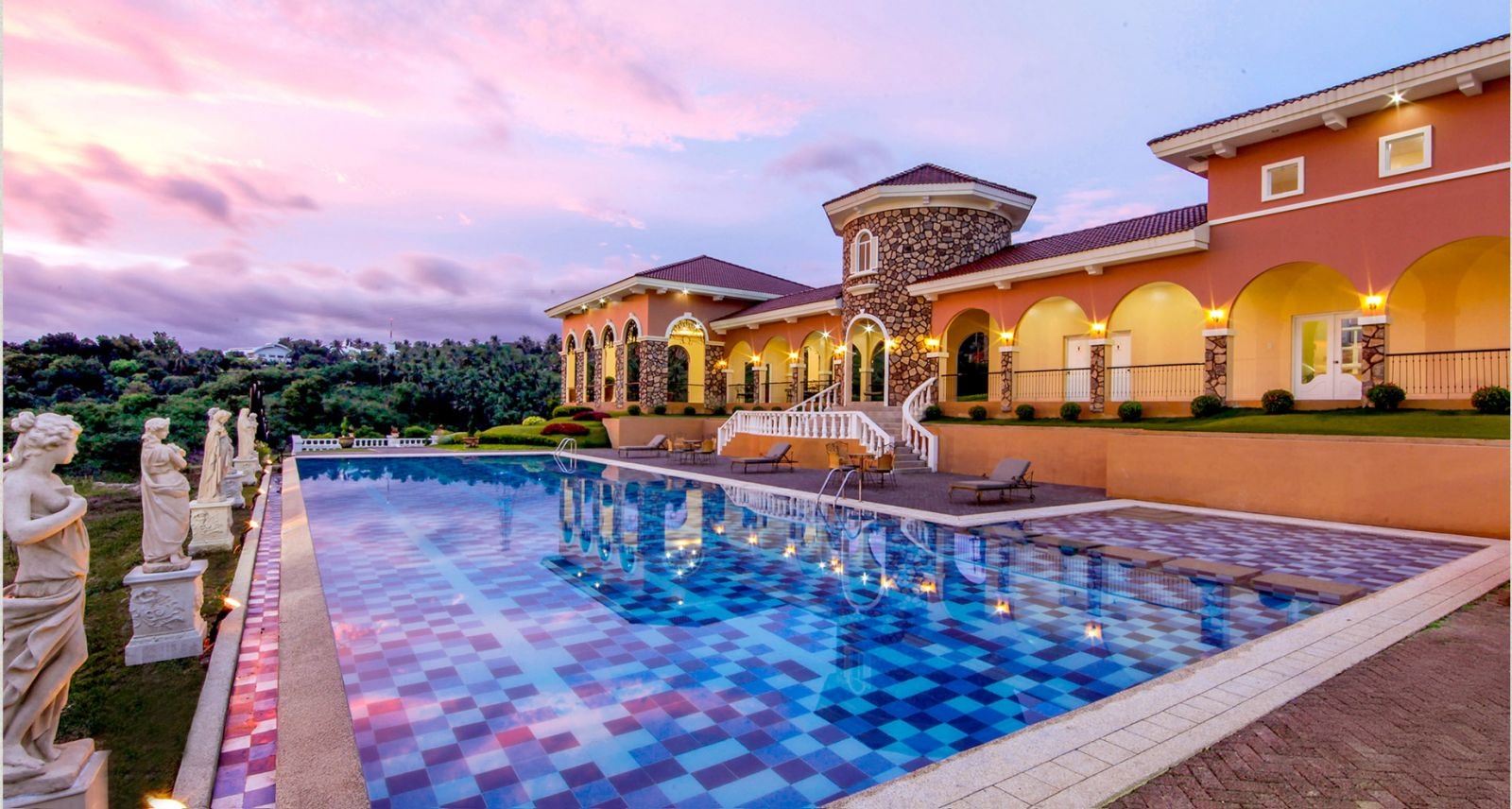
The Fort San Pedro, built during the Spanish colonial period, and the Basilica Minore del Santo Niño, the country’s oldest Roman Catholic church, are key attractions that highlight Cebu’s deep-rooted faith and commitment to Philippine independence.
Camella Riverdale and Camella Riverfront offer tranquil communities within reach of the city’s top historical sites, perfect for families who want both convenience and culture.

Image source: https://upload.wikimedia.org/wikipedia/commons/b/bd/Corregidor_Artillery_Cannons.jpg
5. Corregidor Island
Located on Manila Bay, Corregidor Island is a fortified island central during the largest naval battle in the Pacific during World War II. The Pacific War Memorial and the Filipino Heroes Memorial on the island honor the bravery of Filipino and American soldiers.
Corregidor Island is considered part of the province of Cavite. However, Corregidor Island shares a spirit and historical background similar to Taguig.
Similar to Corregidor Island’s military past, Taguig houses the Philippine Army Museum and Japanese Garden also highlighting its roots in Philippine wartime history.
Whether you’re looking to settle in Cavite or Taguig, Camella communities provide easy access to significant landmarks in and around Corregidor Island.
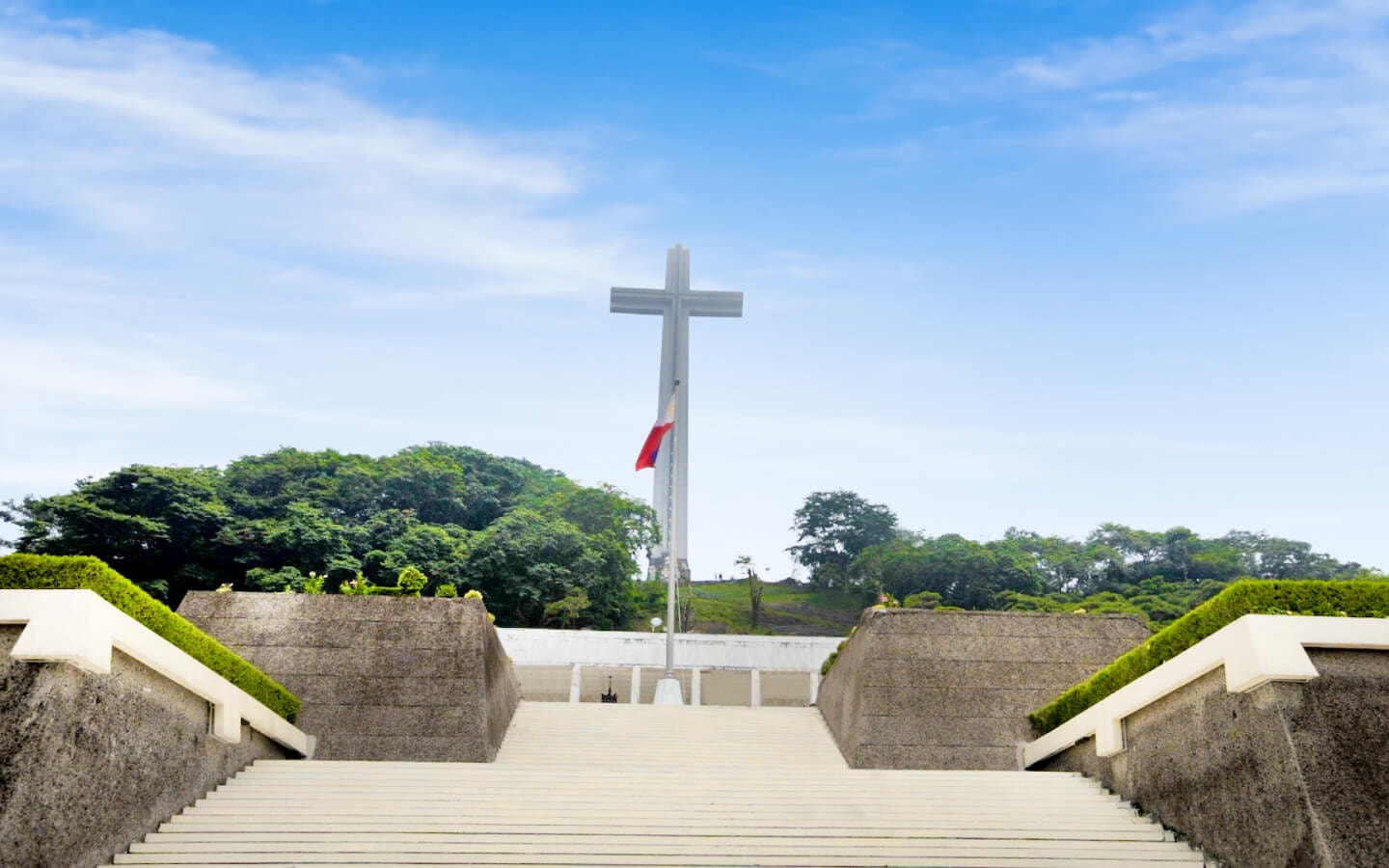
6. Bataan
Bataan is one of the quiet yet powerful historical places in the Philippines, just across Manila City on the other side of Manila Bay.
No exploration of historical places in the Philippines is complete without a trip to Mount Samat National Shrine in Bataan.
This towering memorial, also known as the Dambana ng Kagitingan, honors the heroes of the Battle of Bataan—a historic event that marked a pivotal moment in WWII.
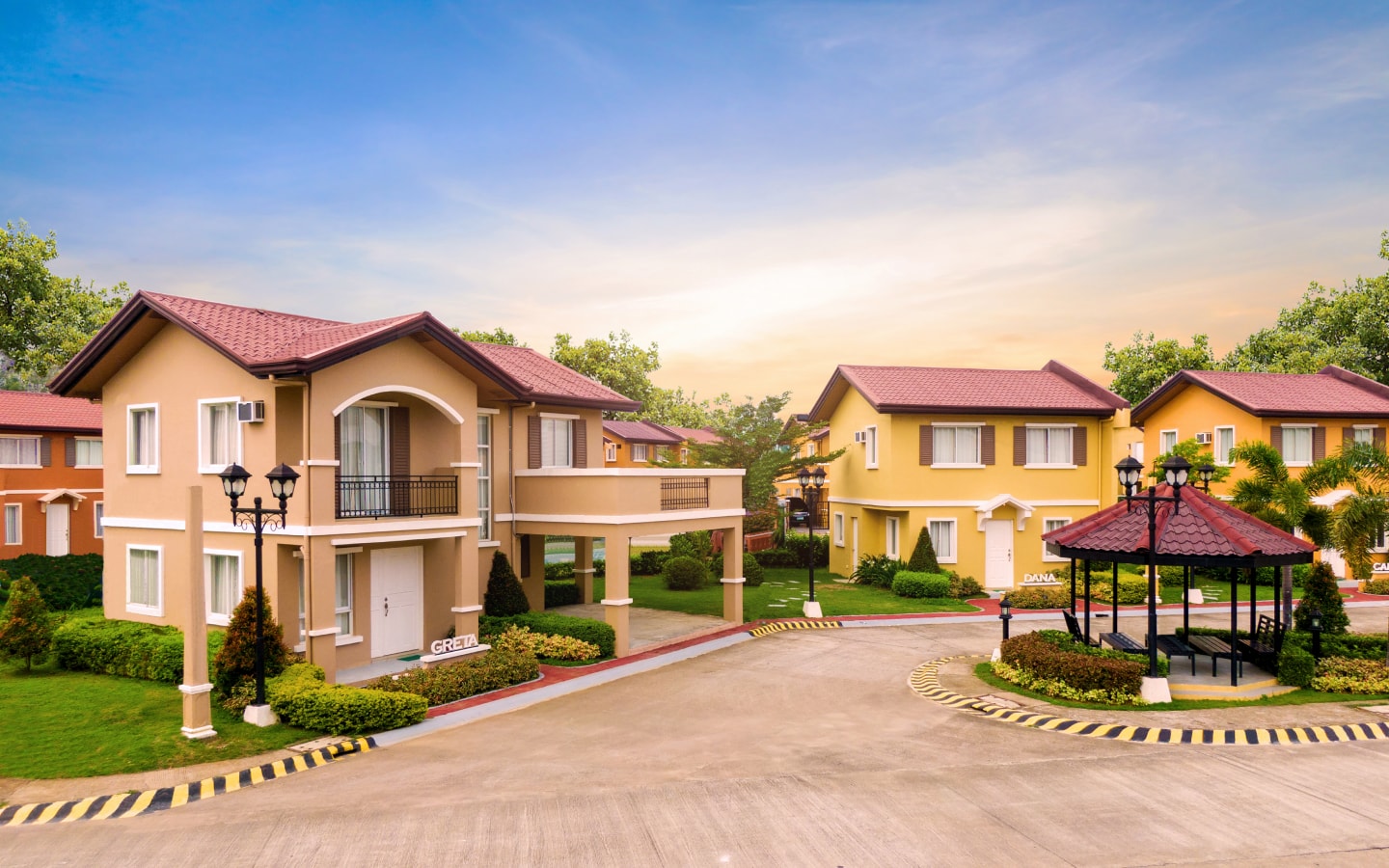
Bataan is also home to the national hero Sgt. Jose Calugas. Calugas was a Philippine Scout who was awarded the Medal of Honor for his service and valor during the Battle of Bataan.
Camella Balanga offers scenic views and a strategic location near the shrine and the Bataan World War II Museum, making it an ideal hub for heritage-focused families.
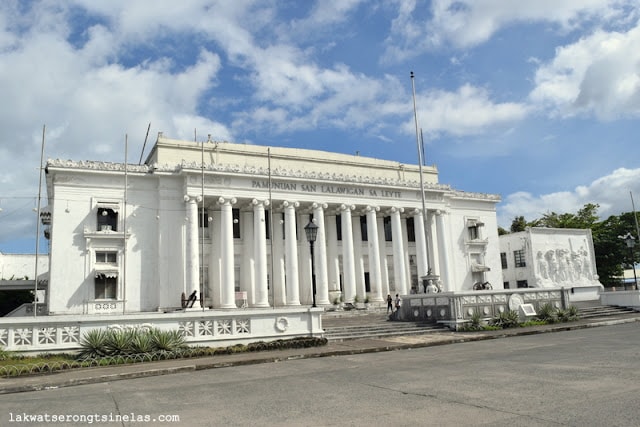
Image source: https://www.lakwatserongtsinelas.com/2016/03/tacloban-citys-surviving-places-of.html
7. Tacloban, Leyte
Leyte was the site of General MacArthur’s legendary return during WWII, an event commemorated at the Leyte Landing Memorial Park.
Visitors can also explore the Sto. Niño Shrine and Heritage Museum, once the official residence of the Marcos family, and delve into the rich history and natural beauty of the region.
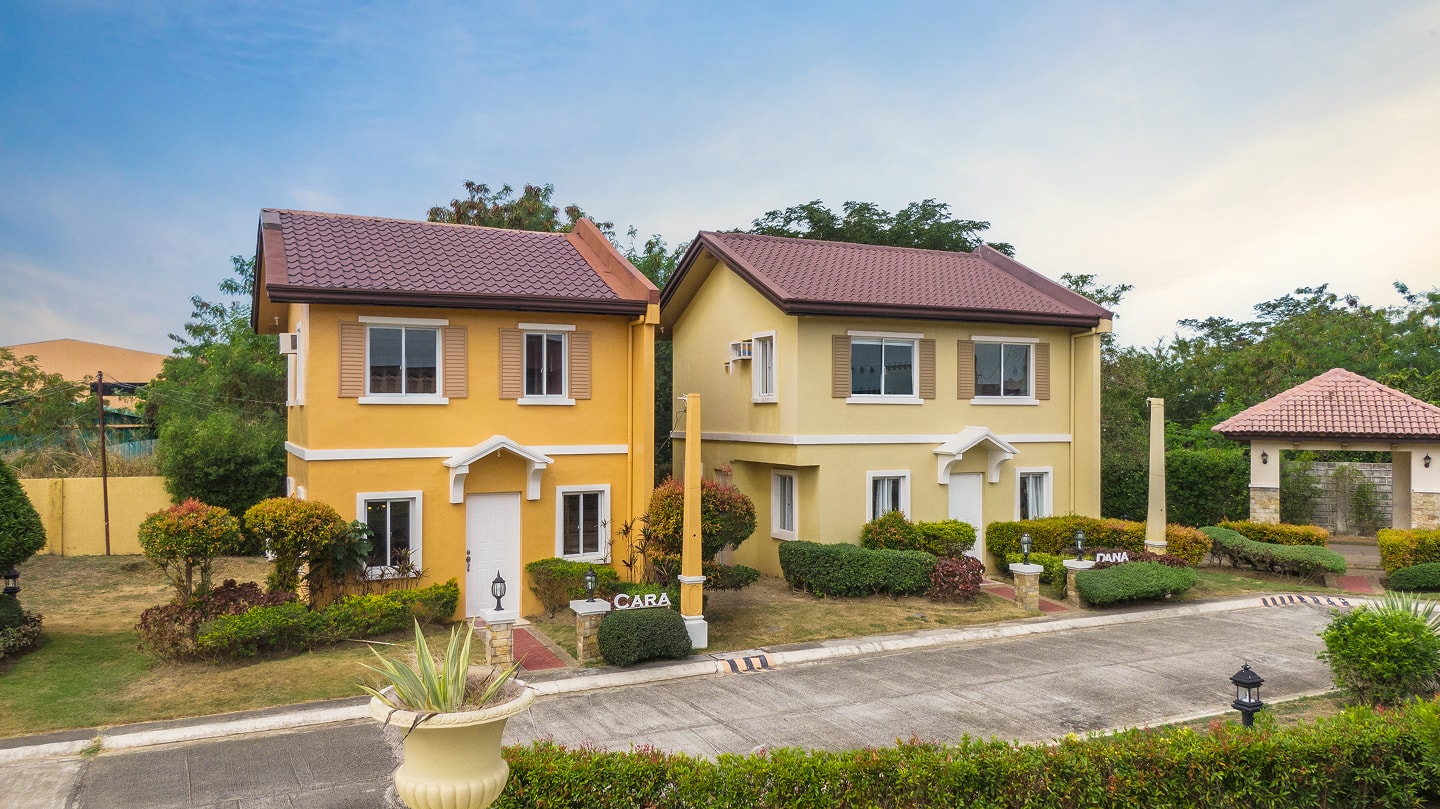
Camella Palo is located in the vicinity for easy access to both historical landmarks and natural wonders, such as Kalanggaman Island, known for its rich marine life.
8. Cotabato City, Maguindanao del Norte
Though often overlooked, Cotabato City is a religious center and holds significant historical sites like the Grand Mosque of Cotabato, the largest in the Philippines, and the Old Cotabato City Hall, a preserved structure reflecting Spanish-era influence.
This town reflects a rich tapestry of tribal tradition, Islam, and Spanish influence, showcasing the cultural diversity that defines Filipino identity.
Families who choose Camella Cotabato will enjoy access to local souvenir shops, cultural centers, and the vibrant local community that keeps tradition alive.
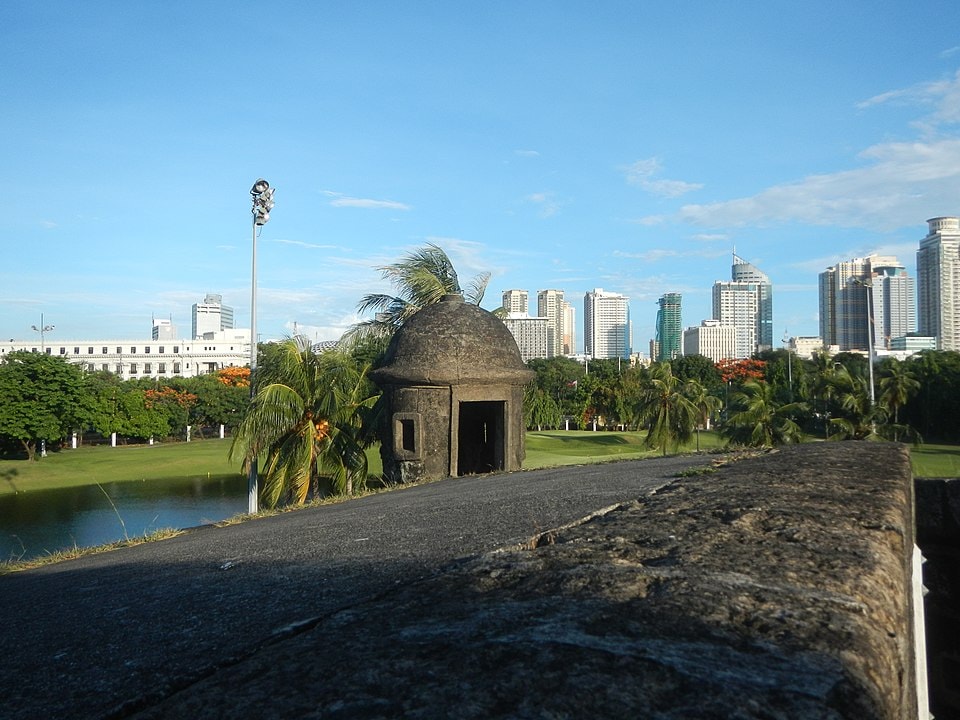
9. Intramuros, Manila
Intramuros is the ultimate symbol of Spanish colonial architecture and Filipino resilience where locales and tourists can find some of the historical places in the Philippines. Walk along the historic walled city, explore Fort Santiago, visit the Manila Cathedral and the San Agustin Church (another UNESCO World Heritage Site), and honor Jose Rizal at Rizal Park and the Rizal Monument.
There are several key attractions within and around Intramuros. For one, the San Agustin Church is a beacon of Baroque architecture for the country.
History buffs will also delight in the numerous spots linked to Jose Rizal in Intramuros. In fact, it’s at Fort Santiago where he penned “Mi Ultimo Adios,” his final poem, before his execution at Rizal Park.
If you want to learn more about Jose Rizal’s time in Intramuros, you can head to the Rizal Shrine inside Fort Santiago where Jose Rizal’s belongings are displayed and where you can take a peek at his life as a prisoner in the walled city.
Nearby Camella developments in Manila offer a cosmopolitan lifestyle close to these top historical sites, the National Museum, and the National Planetarium, combining modern comfort with historical nods.

Historical Significance, Lifelong Appreciation
Every corner of the Philippines holds a story—from ancestral houses to significant event locations, from grand churches like the Manila Cathedral and Barasoain Church to humble local businesses selling local crafts.
With Camella properties strategically located near these historical places, families can both explore and be part of our rich, enduring legacy.
Whether you’re tracing the footsteps of heroes, visiting a national cultural treasure, or simply soaking in the ambiance of a town shaped by Philippine history, there’s no better way to discover our heritage than by walking through it—together, as a family.

